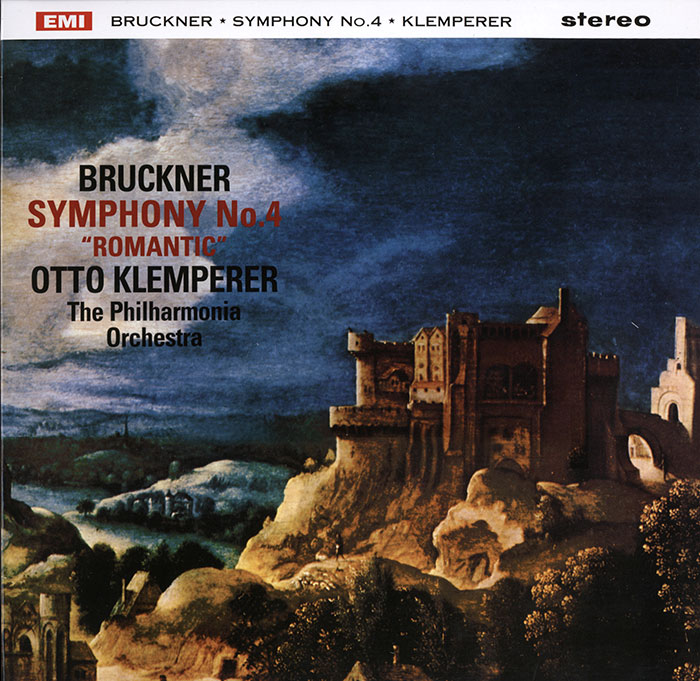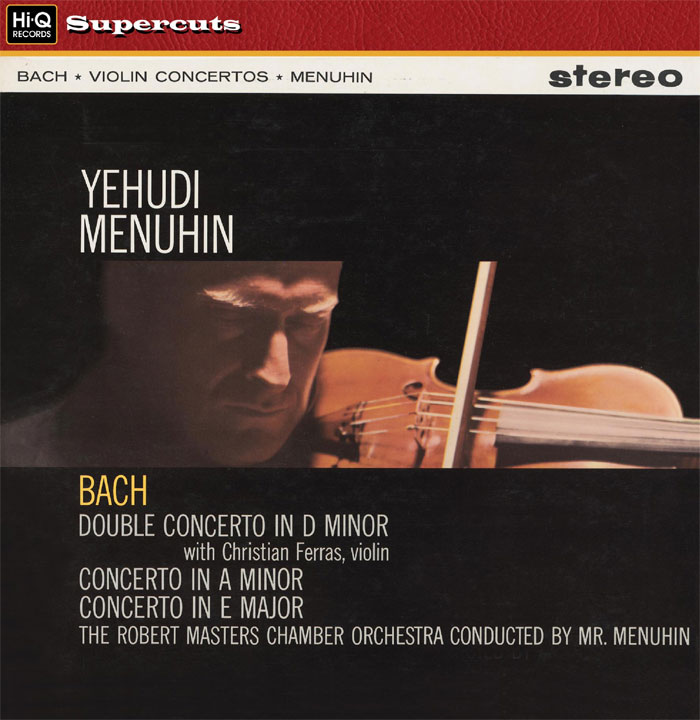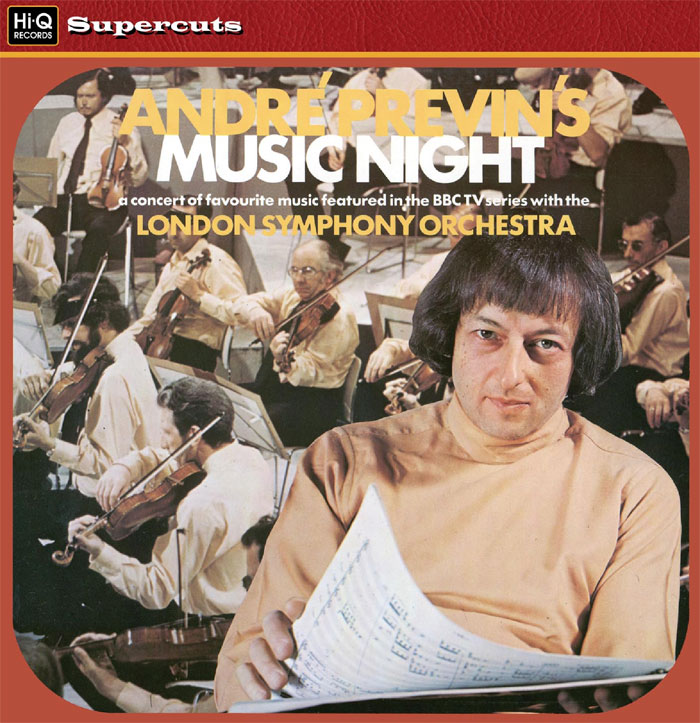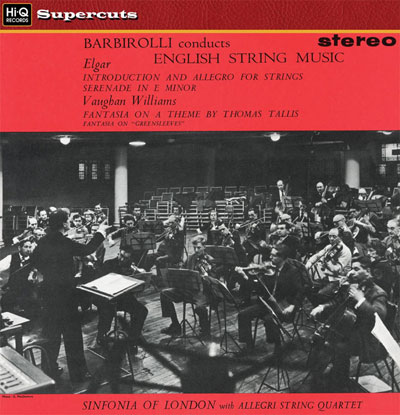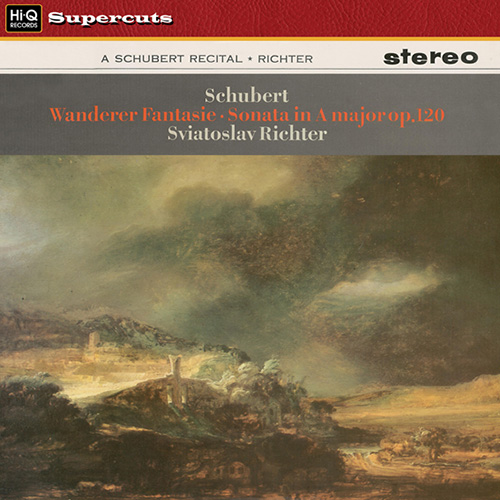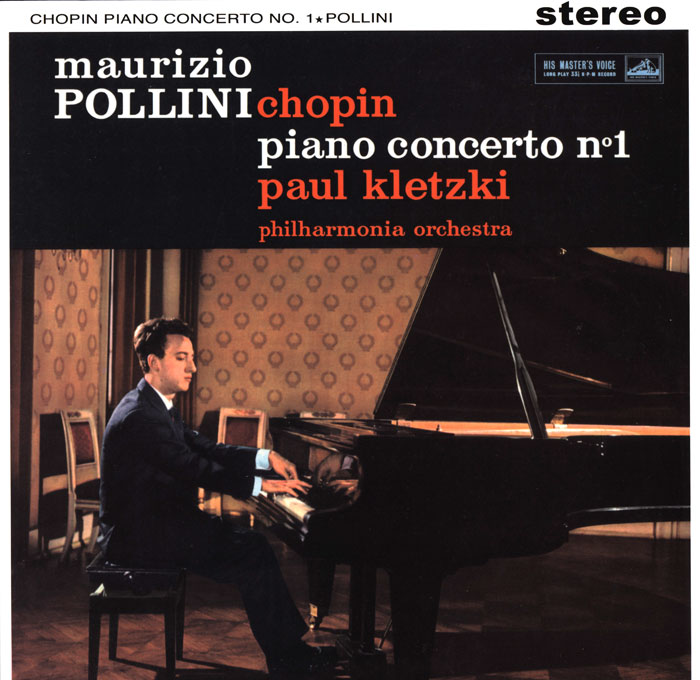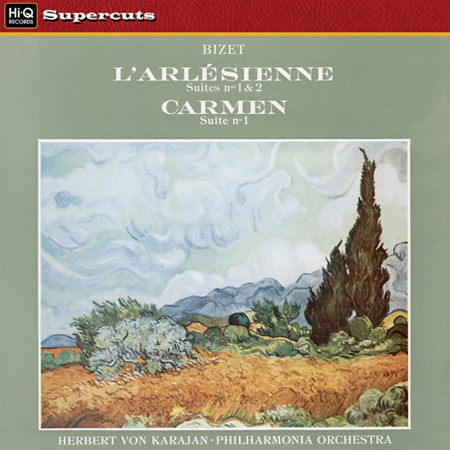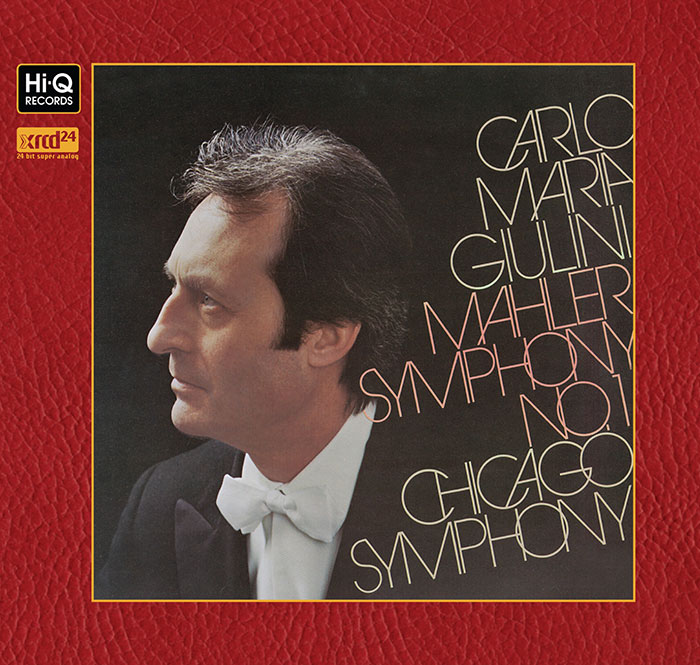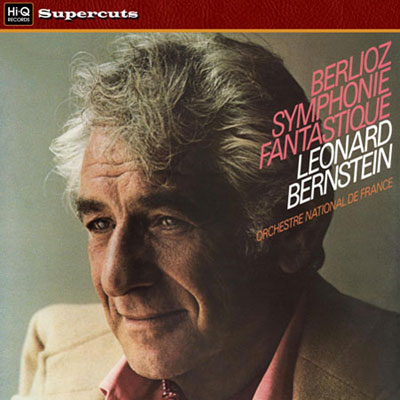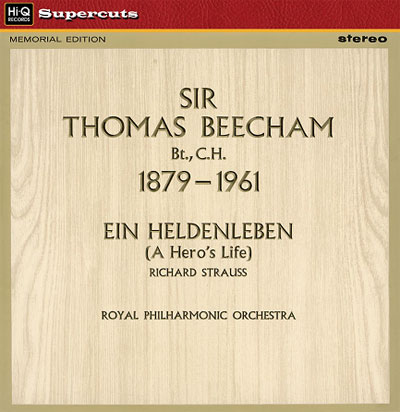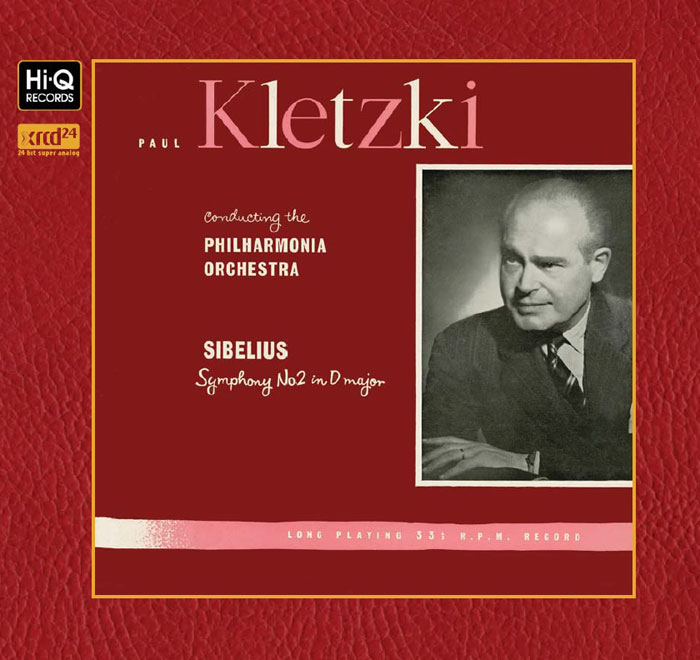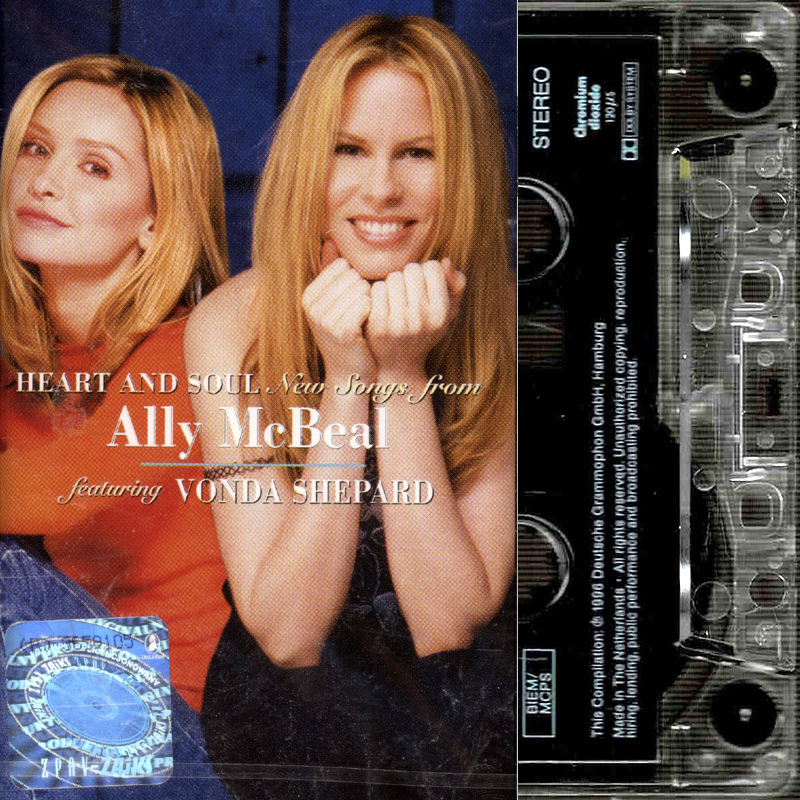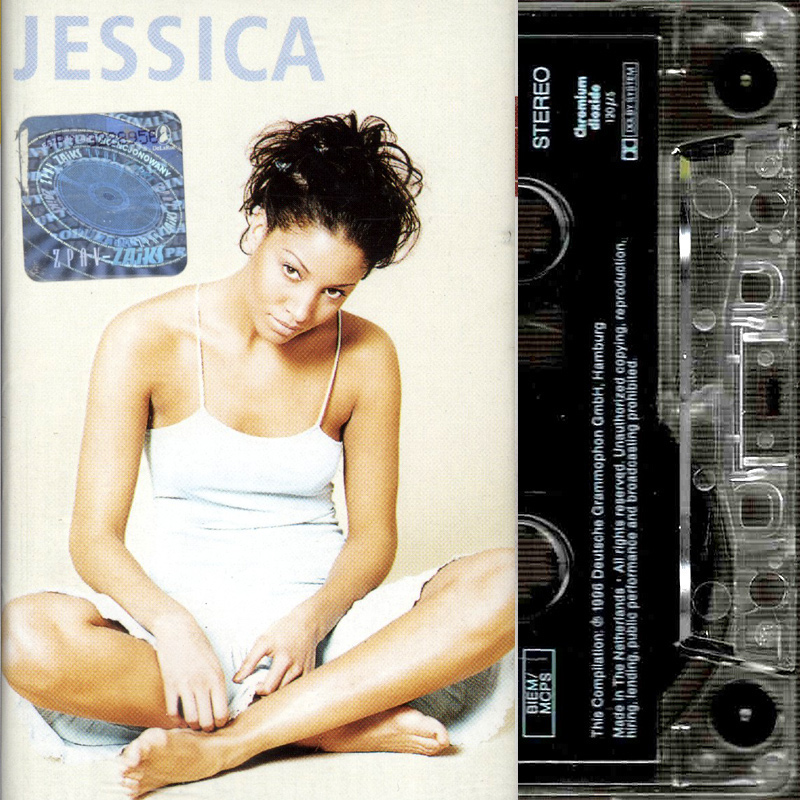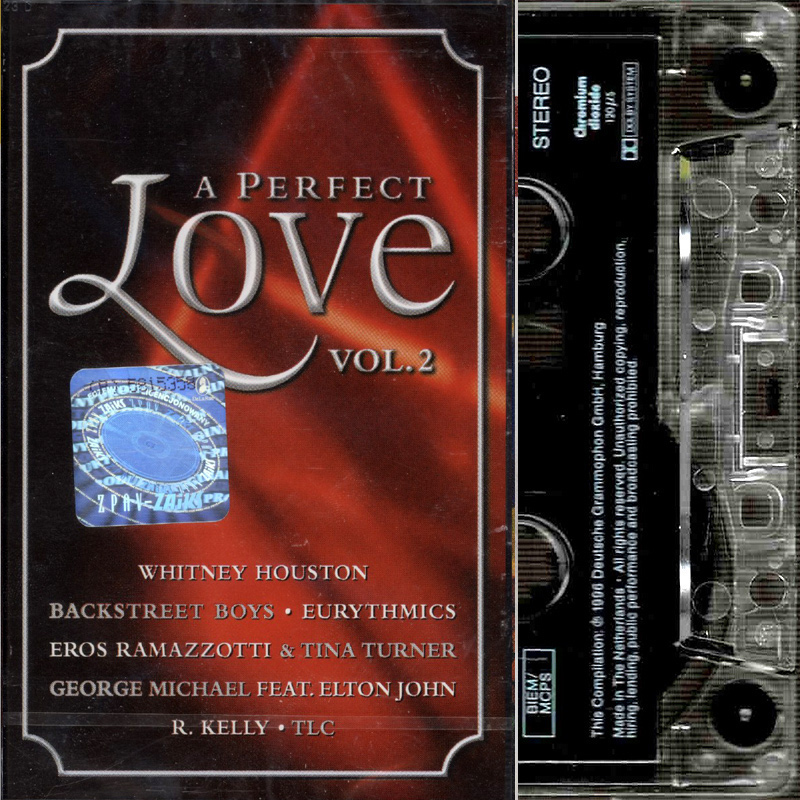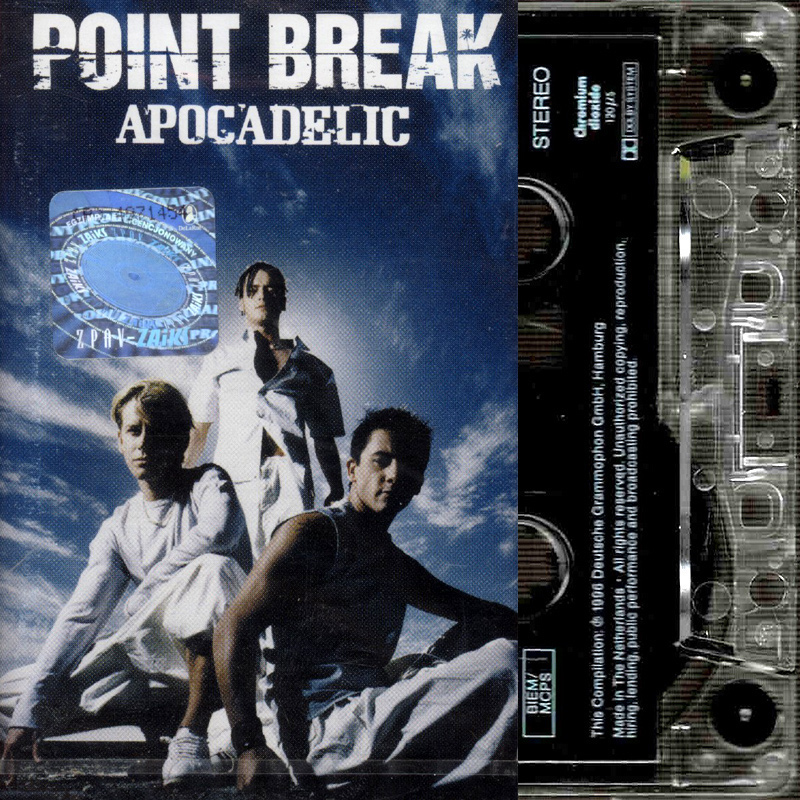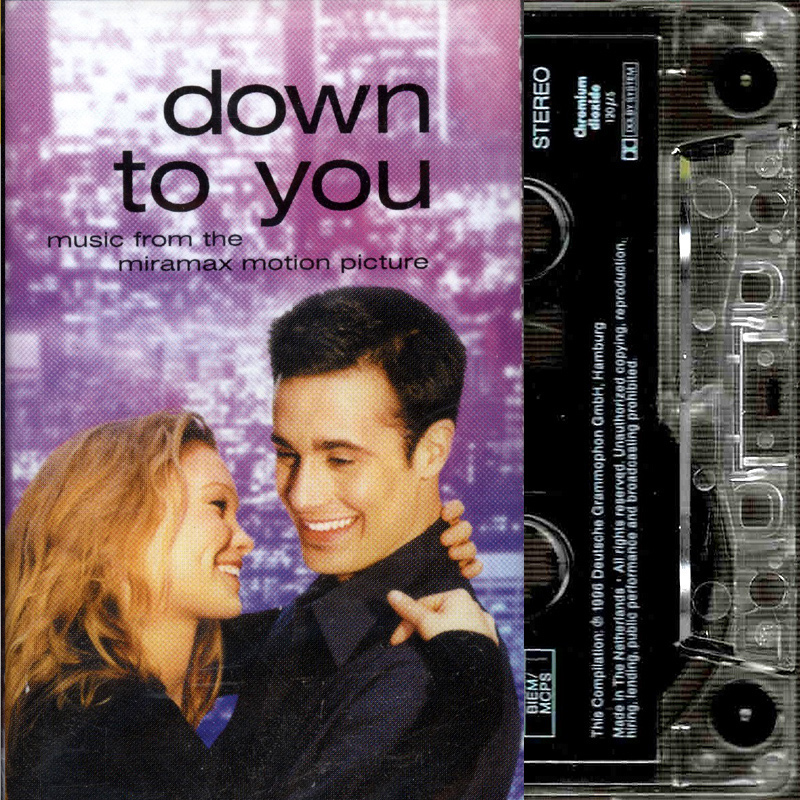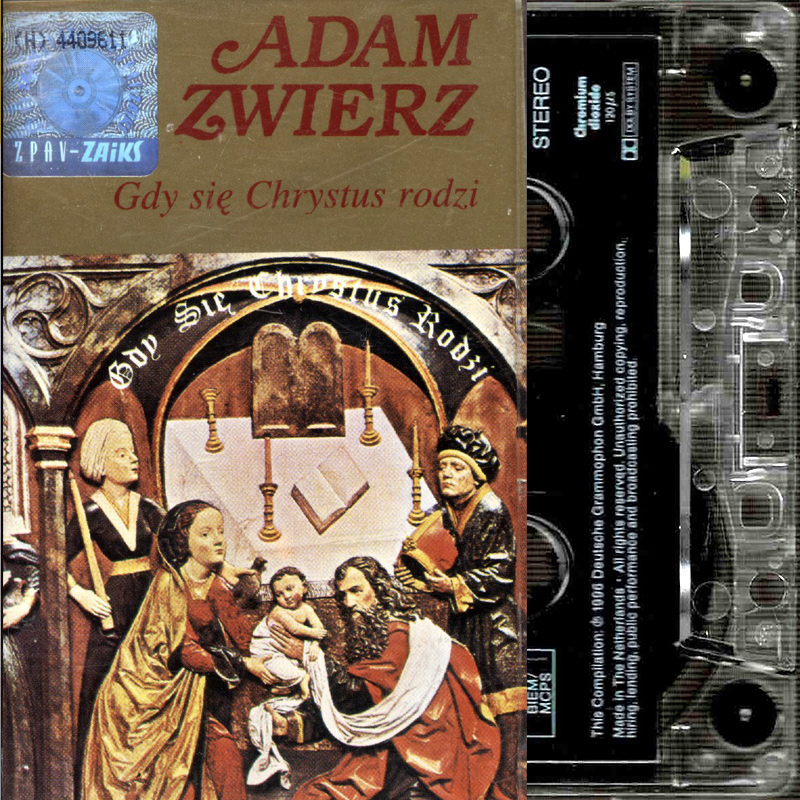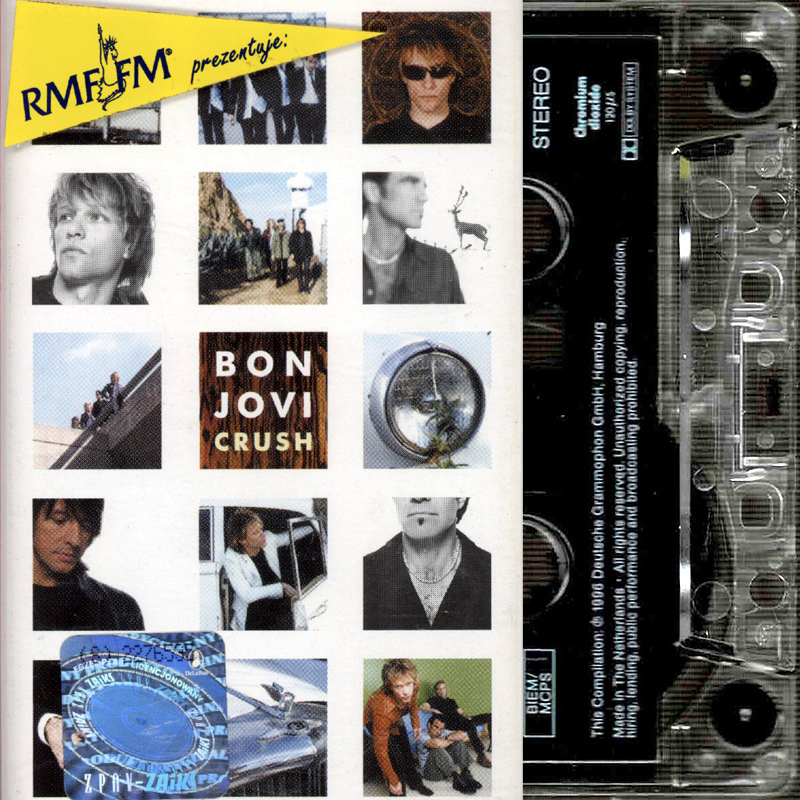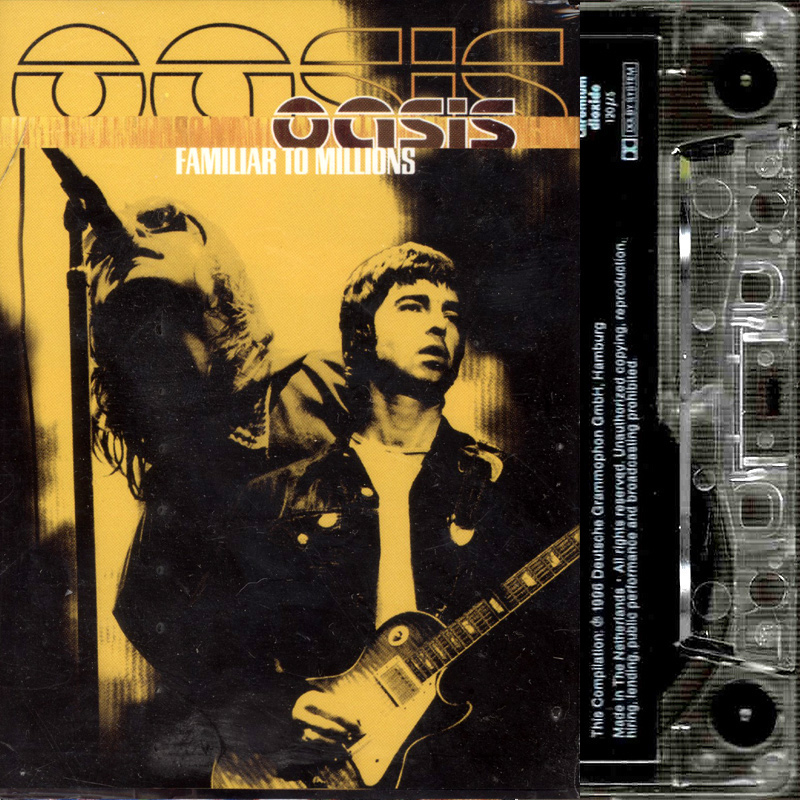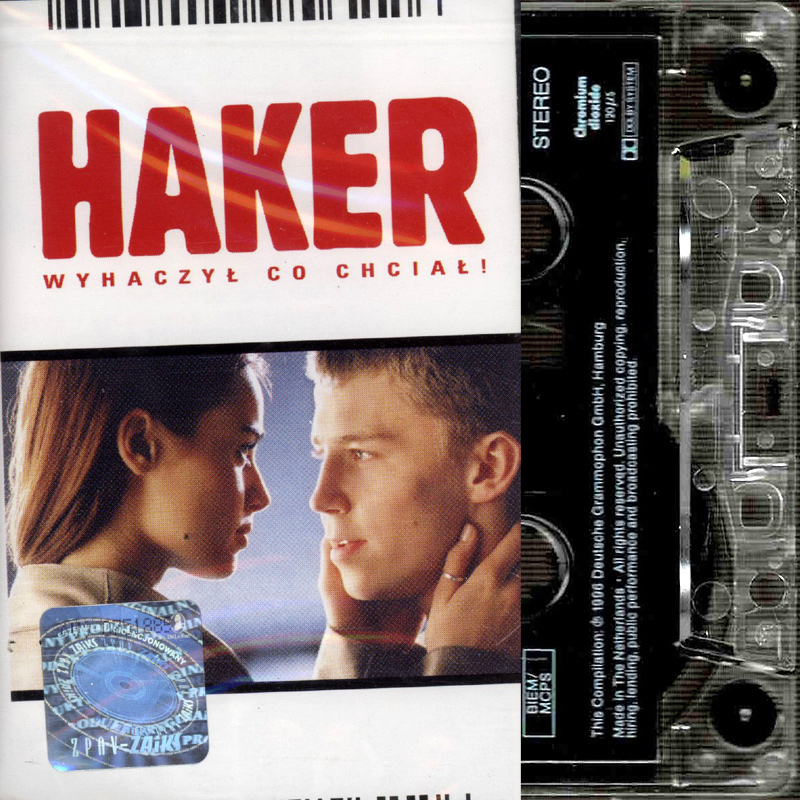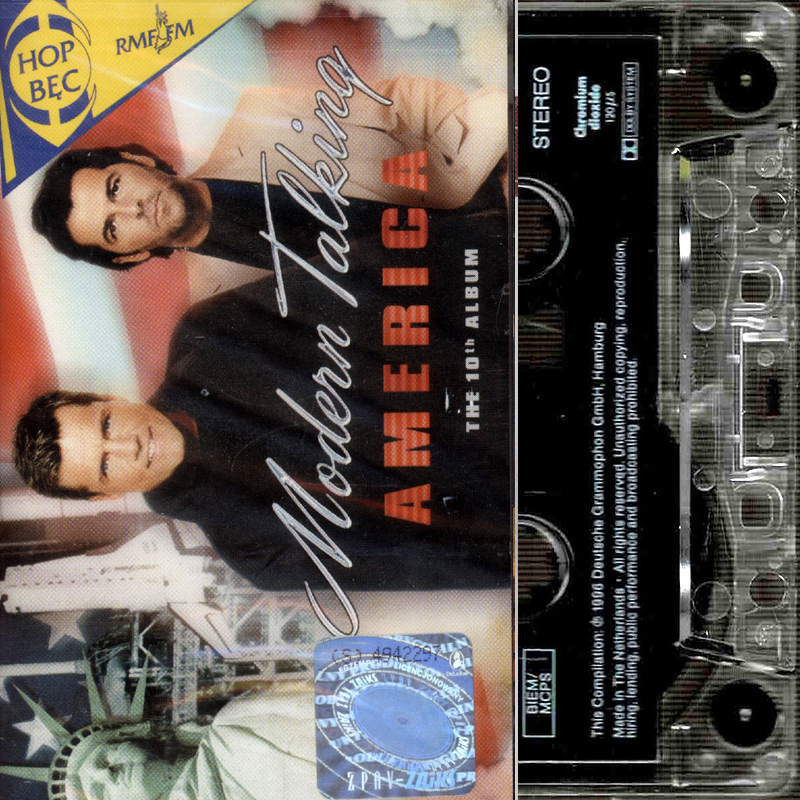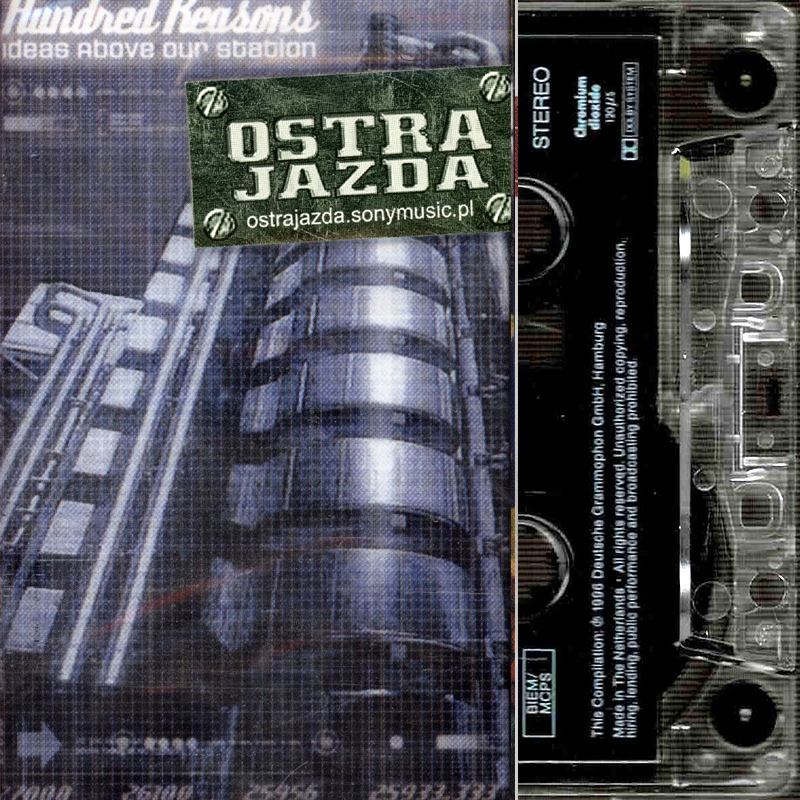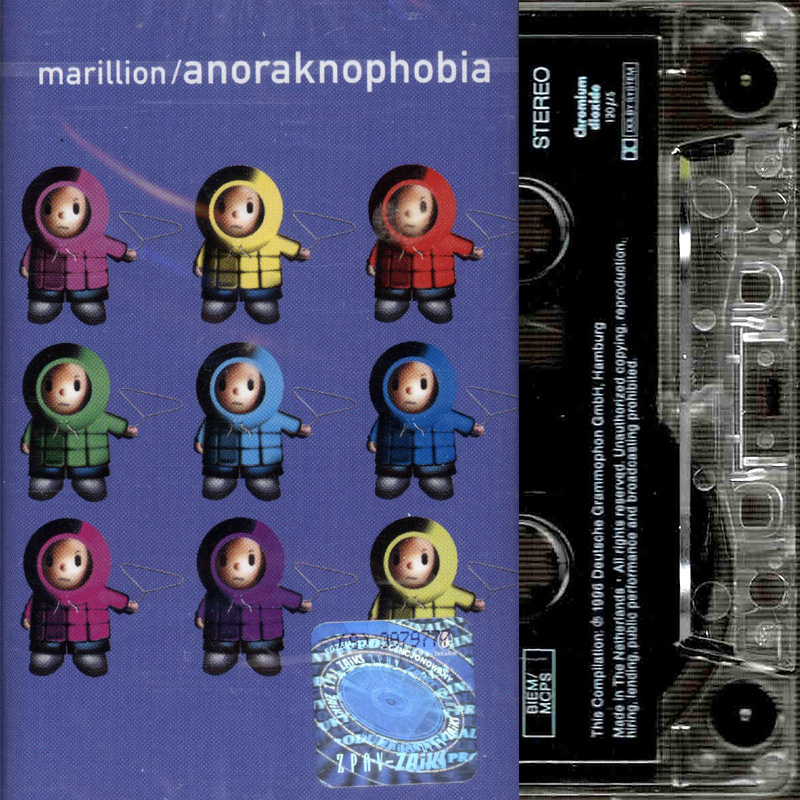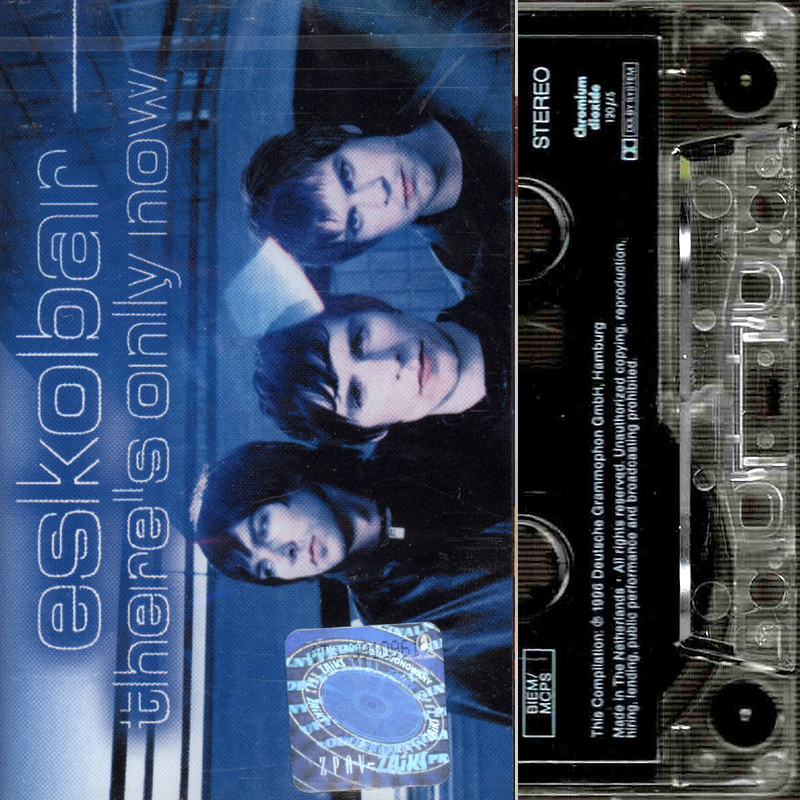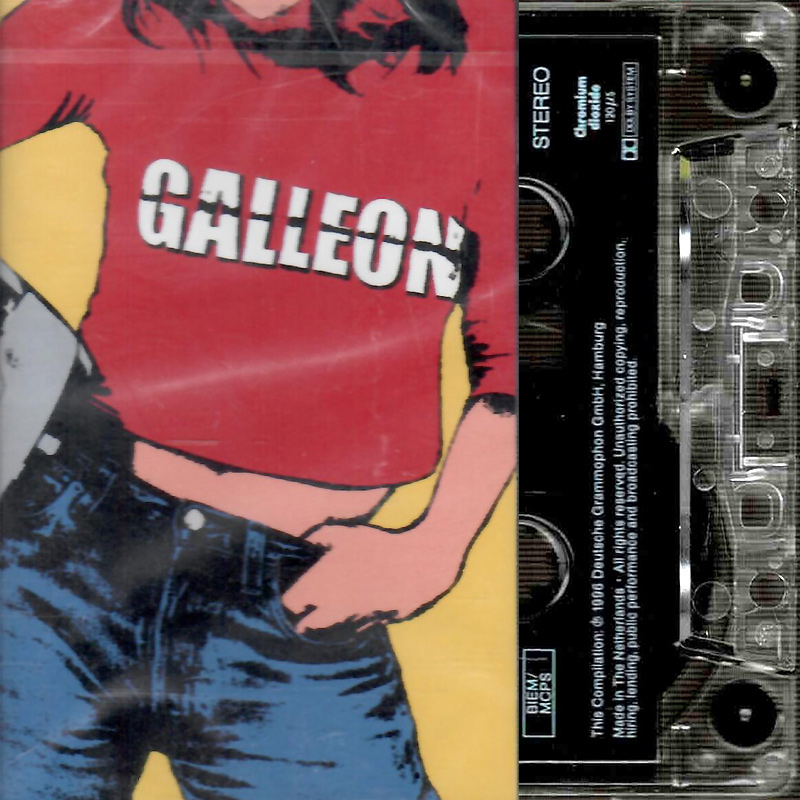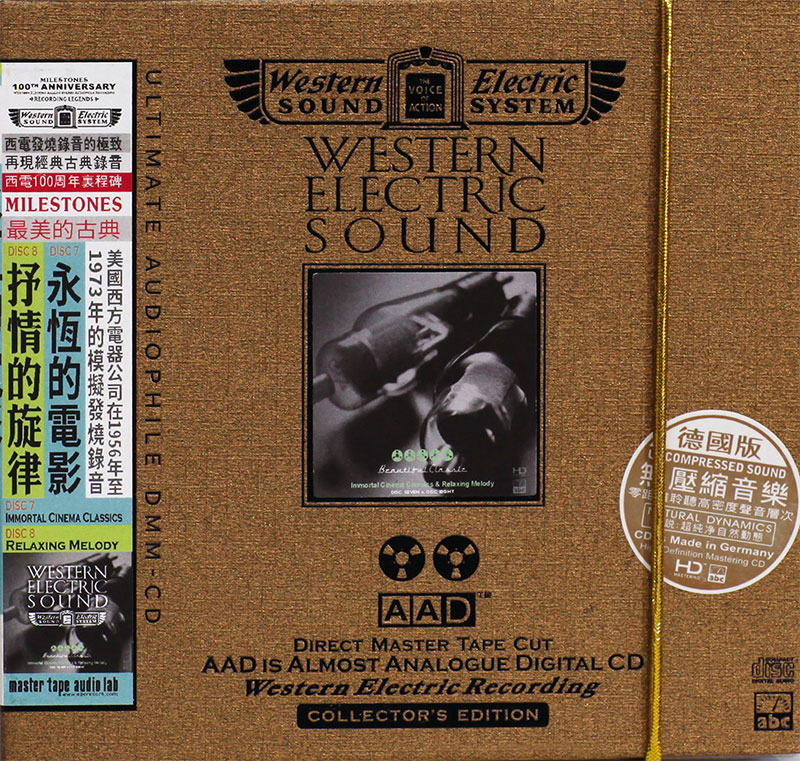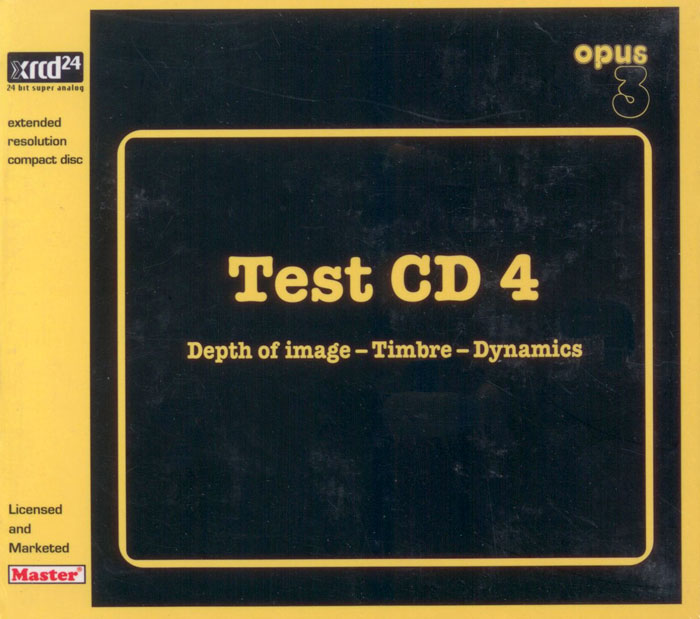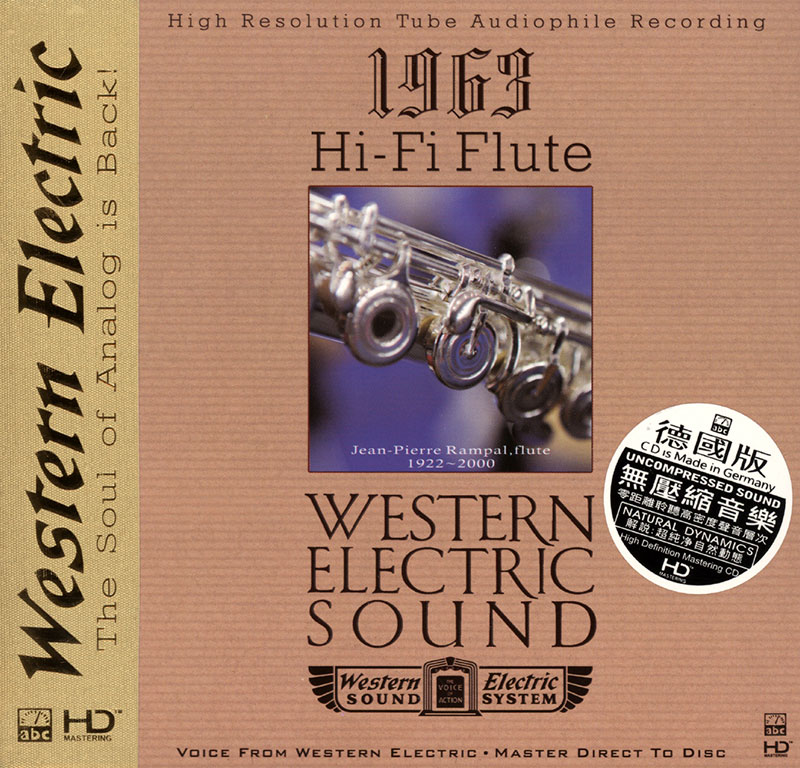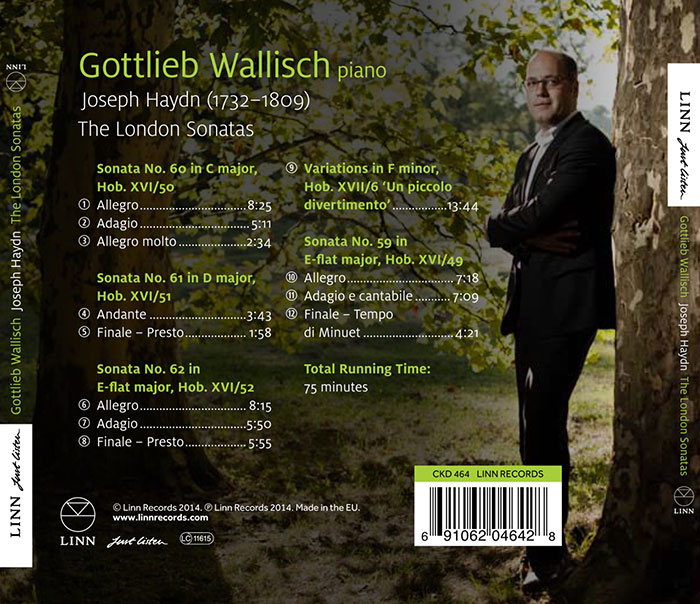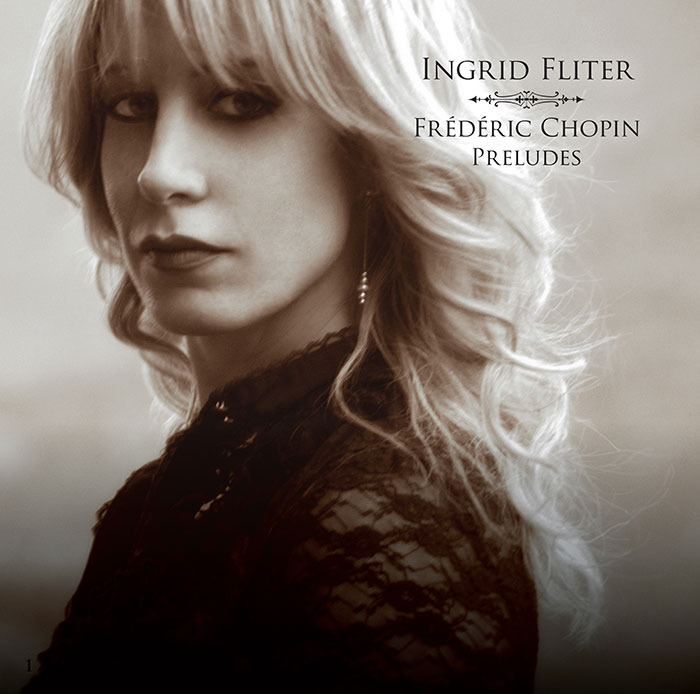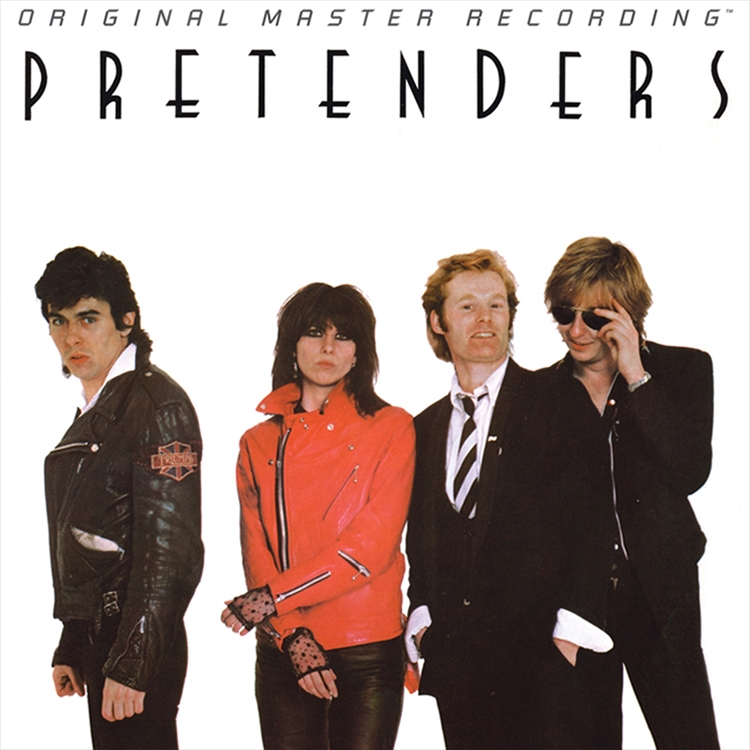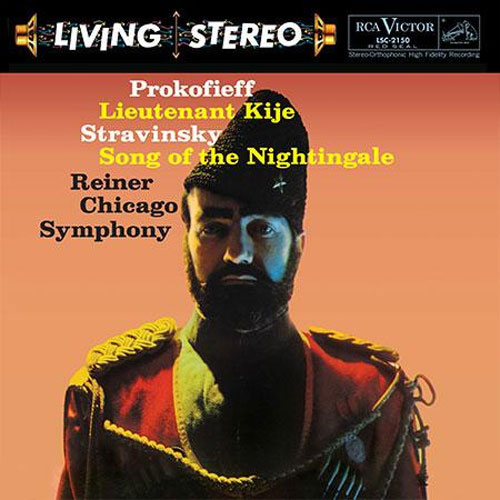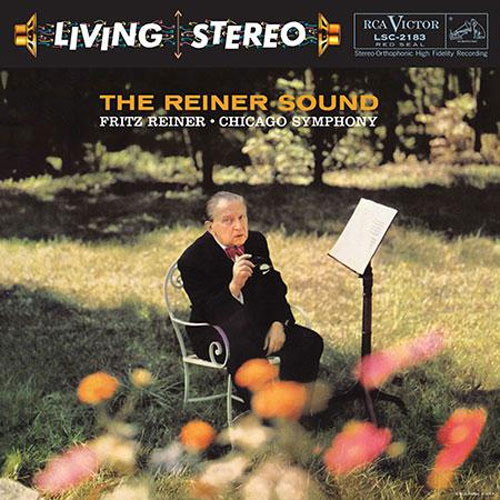Logowanie
ABSOLUTNIE OSTATNIE!!!!!
Kasety magnetofonowe
WZORCOWE samplery
Eugene Ormandy, William Steinberg, Leonard Bernstein, WEBBER, John Williams, ARNOLD, The Cleveland Orchestra, Pittsburgh Symphony Orchestra
WE 100th Anniversary Milestones CD07/08
AAD is a Digital Copy Of The Master Tape
SAMPLER - OPUS 3
Depth of Image - TEST CD 4
Głębia - nieograniczona, wybrzmienie - niezmącone, dynamika - pozbawiona siły ciążenia
BIZET, MARAIS, GRIEG, FAURE, SCHUBERT, Jean-Pierre Rampal
Western Electric Sound - 1963 - Hi-Fi Flute
AAD is a Digital Copy Of
The Master Tape
HAYDN, Gottlieb Wallisch
The London Sonatas
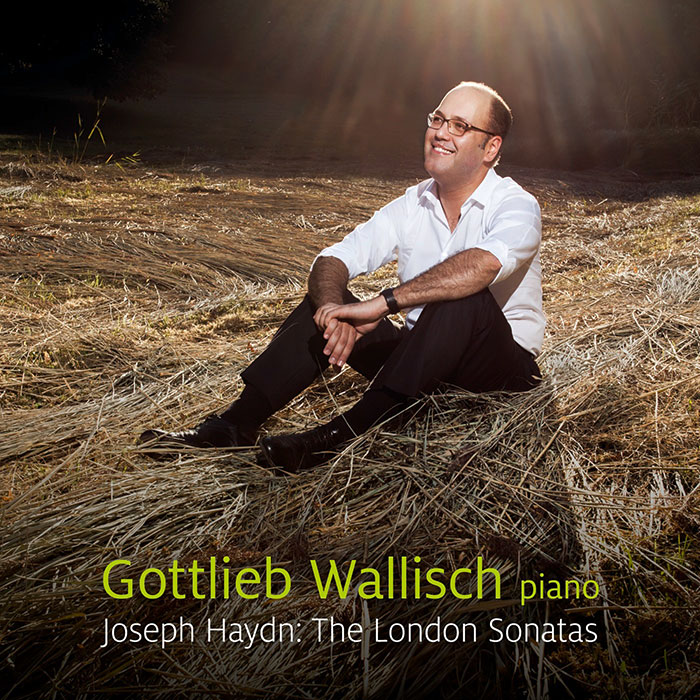
- Gottlieb Wallisch - piano
- HAYDN
'The Sonata in D Major there, performed with straight-forward enjoyment by Gottlieb Wallisch, who seems to relish this miniature sonata's quirks just as much as the broader rewards of its near neighbours in London.' BBC Radio 3 'CD Review'
'...the pianist shows himself to be in total sympathy with the style of the music and able to convey its qualities to the listener... The recording, produced and engineered by Philip Hobbs is first class.' SA-CD.net
'...he's got an unusually accurate, ringing tone that is beautifully captured here by Linn's engineers.' AllMusic.com
Haydn's famous London Sonatas can be viewed as the distillation of the composer's entire sonata-writing experience; Gottlieb perfectly captures his characteristic humour, energy and spiritedness. Sonata No. 60 was written for an instrument of greater tonal range than the Viennese instruments of the day, with a wider palette of specified dynamic possibilities and pedal effects. With a striking two-movement format, asymmetrical phrases and unusual accents Sonata No. 61 was ahead of its time, breaking the limits of traditional sonata form. Often described as a symphony for the piano, Sonata No. 62 has frequently been praised as Haydn's ‘opus summum' due to its large-scale form, diversity of expression and its virtuoso requirements.
Pizzicato'The Viennese born pianist Gottlieb Wallisch plays Joseph Haydn’s London Sonatas by conveying the composer’s rich imagination and his various states of humor.'
more >>
Gramophone
'Wallisch's poised pianism, suave tempo relationships and keen attention to the music's bountiful harmonic inventiveness offer much to savour...'
more >>
International Record Review
'outstanding new release'
more >> Gottlieb Wallisch - w naszej ofercie
